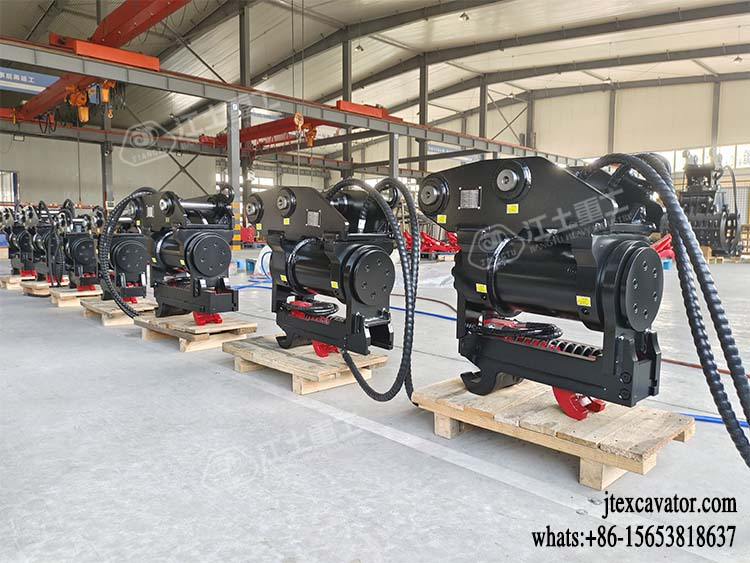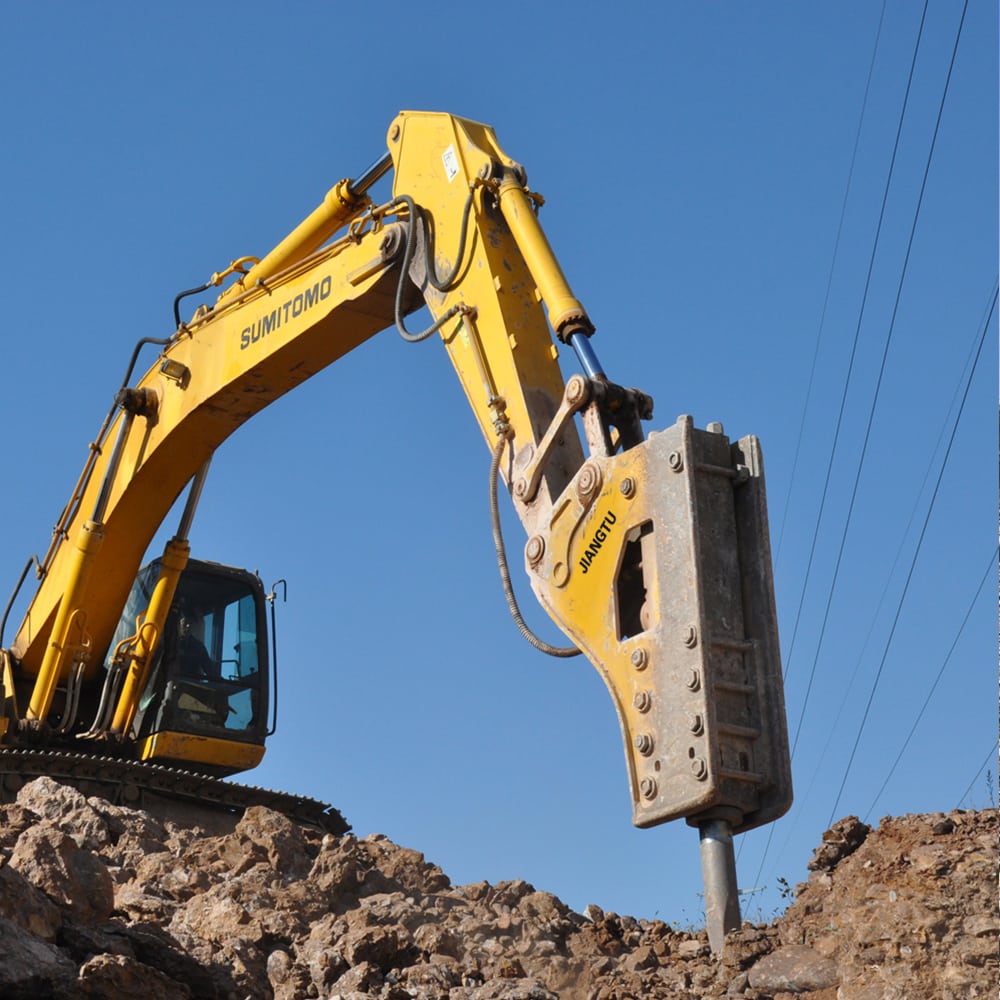
Innovative equipment has rapidly changed the construction industry and enhanced its efficiency. One such piece of equipment is the hydraulic breaker. A hydraulic breaker is a powerful machine that uses the force of pressurized fluid to break up rocks and other hard substances. A hydraulic breaker can be used in many different industries, including mining, quarrying, construction sites, and road-building projects.
Here’s everything you need to know about hydraulic breakers.
How does a hydraulic breaker work?
To understand how a breaker works, you need to know how a jackhammer operates. The hydraulic jackhammer is the predecessor of the modern-day breaker. It uses an electric motor and piston to force fluid under pressure into rock surfaces like concrete, paving stones, bricks, or anything else that needs breaking upon construction sites – all without having to move from one spot.
The jackhammer is often used in the mining industry to break up and remove large pieces of rock. The pressure from a hydraulic breaker can be adjusted depending on what you’re trying to do, making it more versatile than an electric hammer that only has one setting for power.
So how does the fluid create enough force? A valve releases the pressure from the fluid. The piston is pushed up and then down quickly, forcing it back to its original position with all of that force behind it – enough for rock-solid concrete to crumble!
Advantages of hydraulic breakers
Selective Extraction
Quarrying methods with explosives usually mix together different grades of mineral deposits. This can potentially impact stone quality and make it unsuited for some uses. Hydraulic breakers help quarries select which rock layers to break, resulting in a higher-priced product.
Uninterrupted Production
Usually before blasting, you need to ensure there are no people or machinery near the danger zone close to the quarry face, interrupting production. Using hydraulic breakers for primary and secondary breaking allows continuous output and reduces the movement of conveyor systems and mobile crushers. Hence, conveying and processing equipment can continuously remain close to the work area.
Environmental Considerations
For quarries with serious restrictions on vibration and noise from blasting, hydraulic breakers are an excellent alternative. Another significant environmental benefit of hydraulic breakers is their higher production and better bench heights, reducing reclamation costs.
Smaller & Fewer Crushers
Breaker operators can evaluate a rock’s fragmentation before the initial crush. This can potentially remove the need to obtain a large primary crusher. Instead, you can input material directly to downstream crushers, allowing you to save on maintenance costs and investment.
Higher Quality Standards
Blasting can result in micro-cracks in a quarried rock which impacts selling price and rock quality. In addition, the blasting process generates a certain volume of unusable dust and fines. If you reduce fines using hydraulic breakers, you can increase saleable production volume in the required grain sizes.
Built-in Safety Mechanisms
Many times when using an electric hammer, the person will be standing on top of it; however, a hydraulic hammer is safer because there are safety mechanisms built in that prevent injury if someone falls off the device.
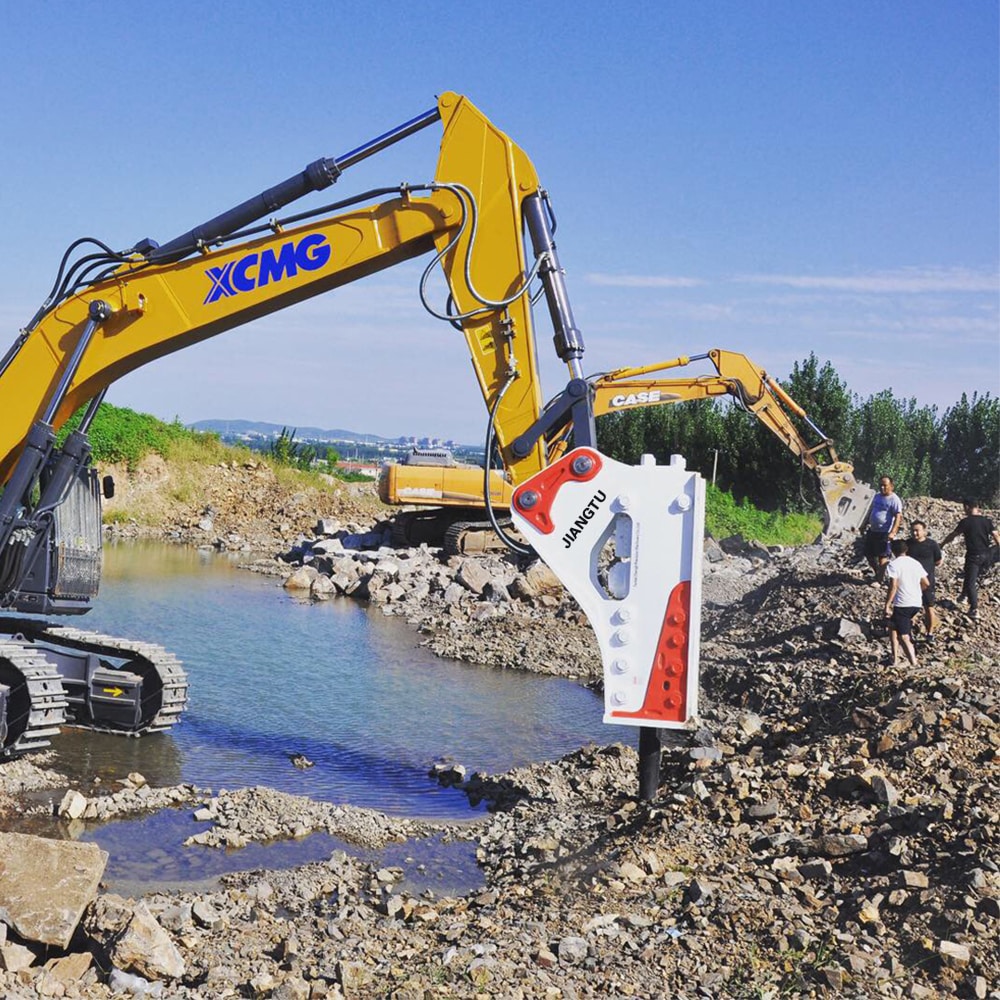
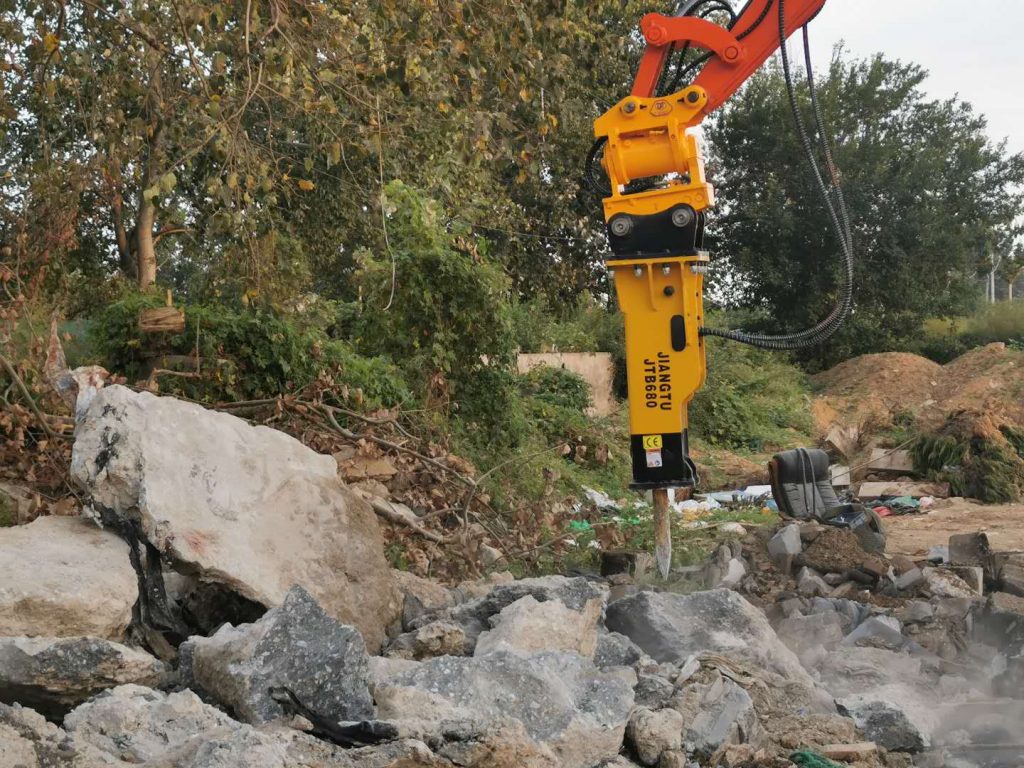
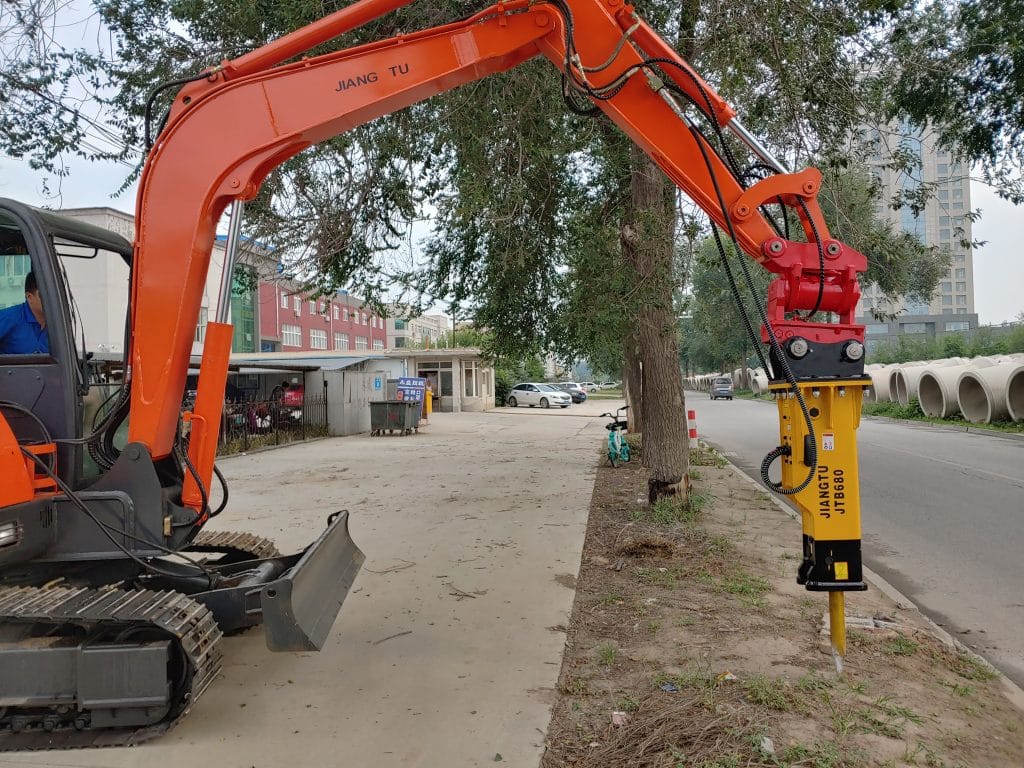
Hydraulic breaker maintenance
There are a few things to be aware of when using or owning hydraulic breakers that need some care and attention from time to time. Firstly, the safety mechanisms should always be looked at before use as parts may wear out over time and cause injury if not checked first.
Apart from this, oil levels in the device should be checked periodically to ensure that the hydraulic oil is not low, and finally, one should make sure all moving parts are lubricated. Ideally, the operator should address any unusual wear on hydraulic components. Hydraulic fracturing equipment is typically maintained with a specific amount of grease or oil to ensure optimum performance.
Like all machinery, you need to inspect the breaker before and after every use to ensure it works properly. One more thing about hydraulic breakers is they can also be used for demolition work where there’s a lot of concrete or asphalt in an area. Hence, it’s essential to know how much pressure you will need when doing this job.


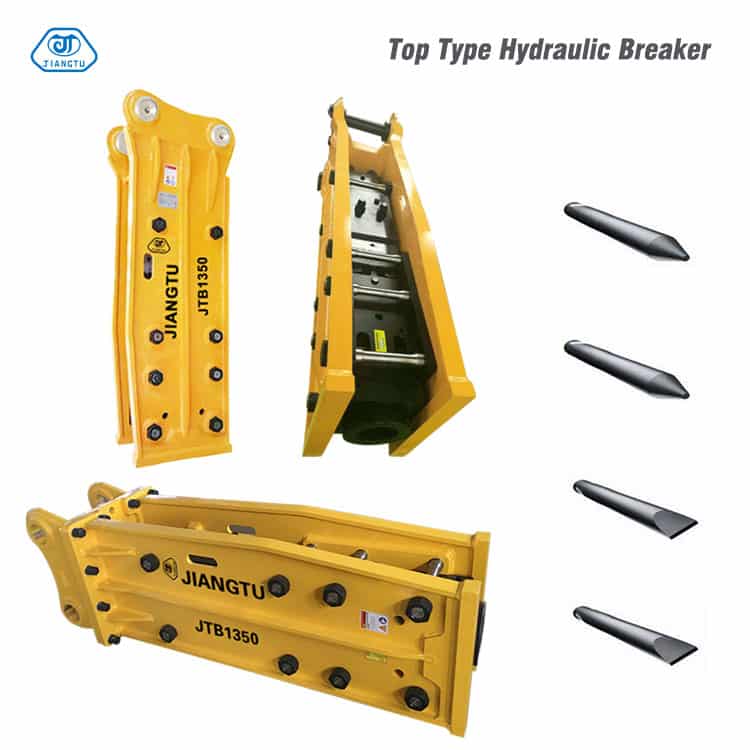
Selecting a hydraulic breaker
Choosing a hydraulic breaker depends on the type of job you want to complete. First, you need to match the breaker to your project. It’s important to note that hydraulic breakers come in many sizes and will have a corresponding size drill bit.
It is also vital for the breaker operator to be familiar with how they work because this can help reduce accidents, which are standard on construction sites.
Apart from this, you need to avoid blank firing. This happens when the breaker is hammered too hard without water. This will cause the pressure to shoot up, and this can lead to injuries or damage to nearby equipment.
Lastly, you should opt for a hydraulic breaker that is equipped with an auto-adjusting impact. This will help ensure you don’t drill too deep or not enough. It reduces harmful energy transferred back to the carrier, which improves productivity and profitability.
Read More: Excavator Attachments Select Guide
Contact For Our Expert
Find out which attachment & Excavator works best for you!

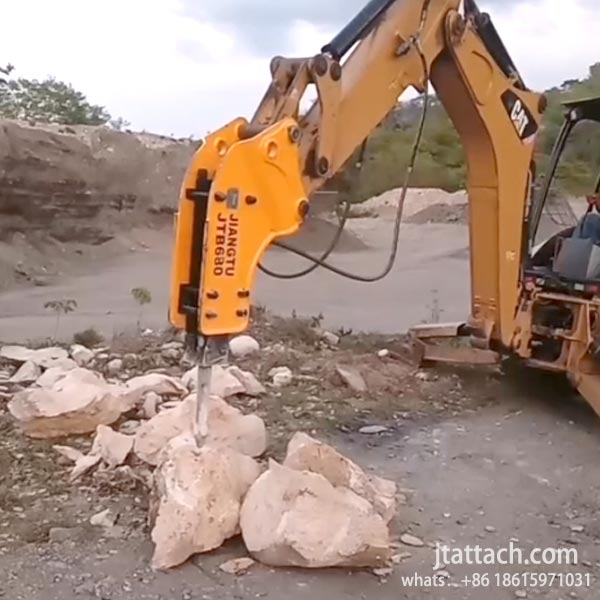
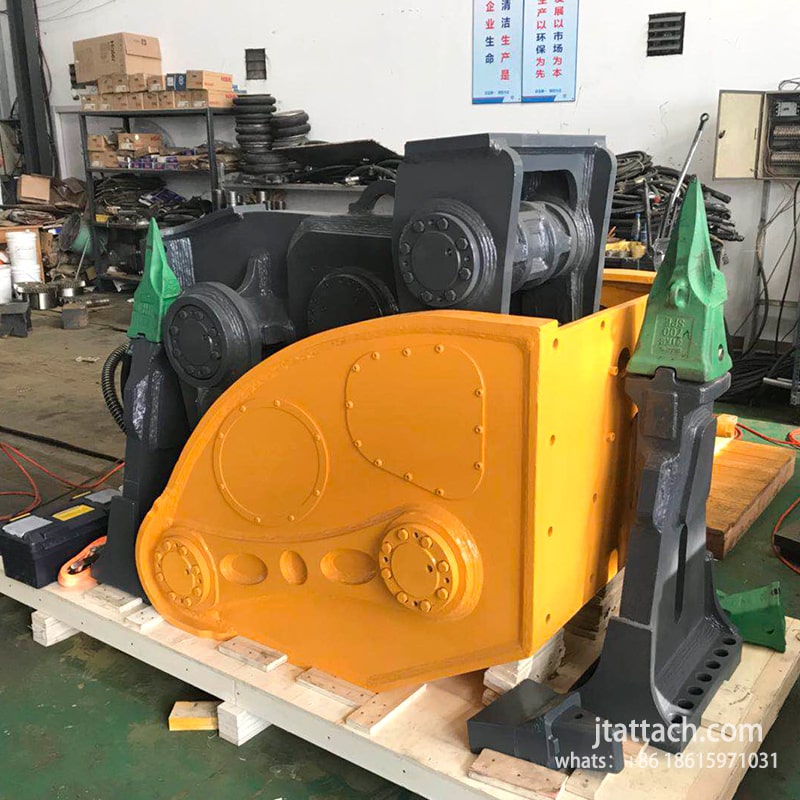


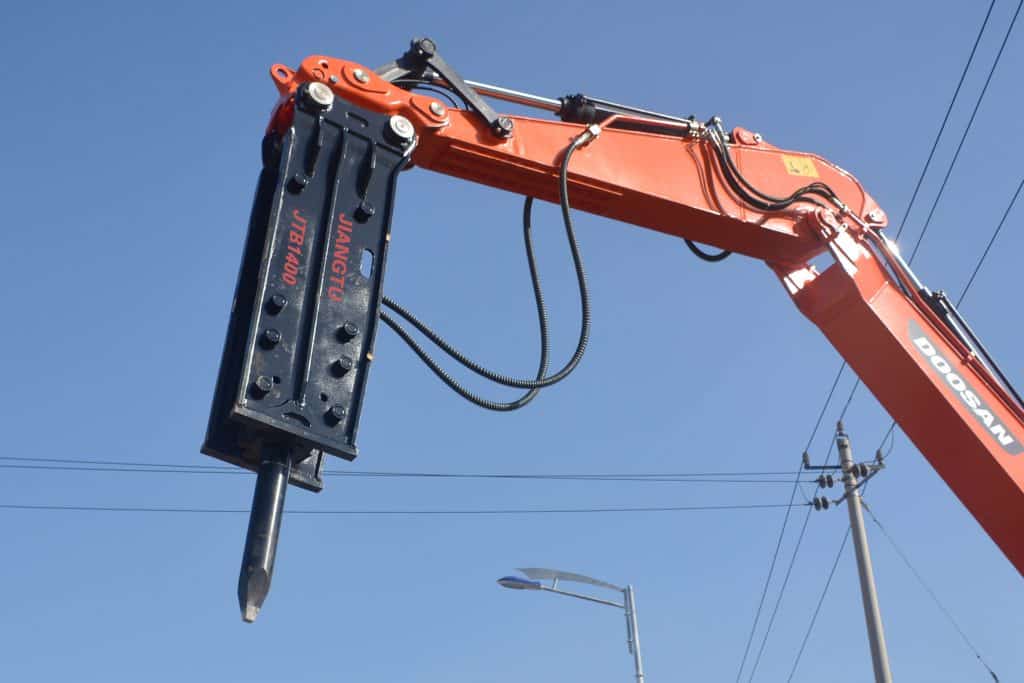
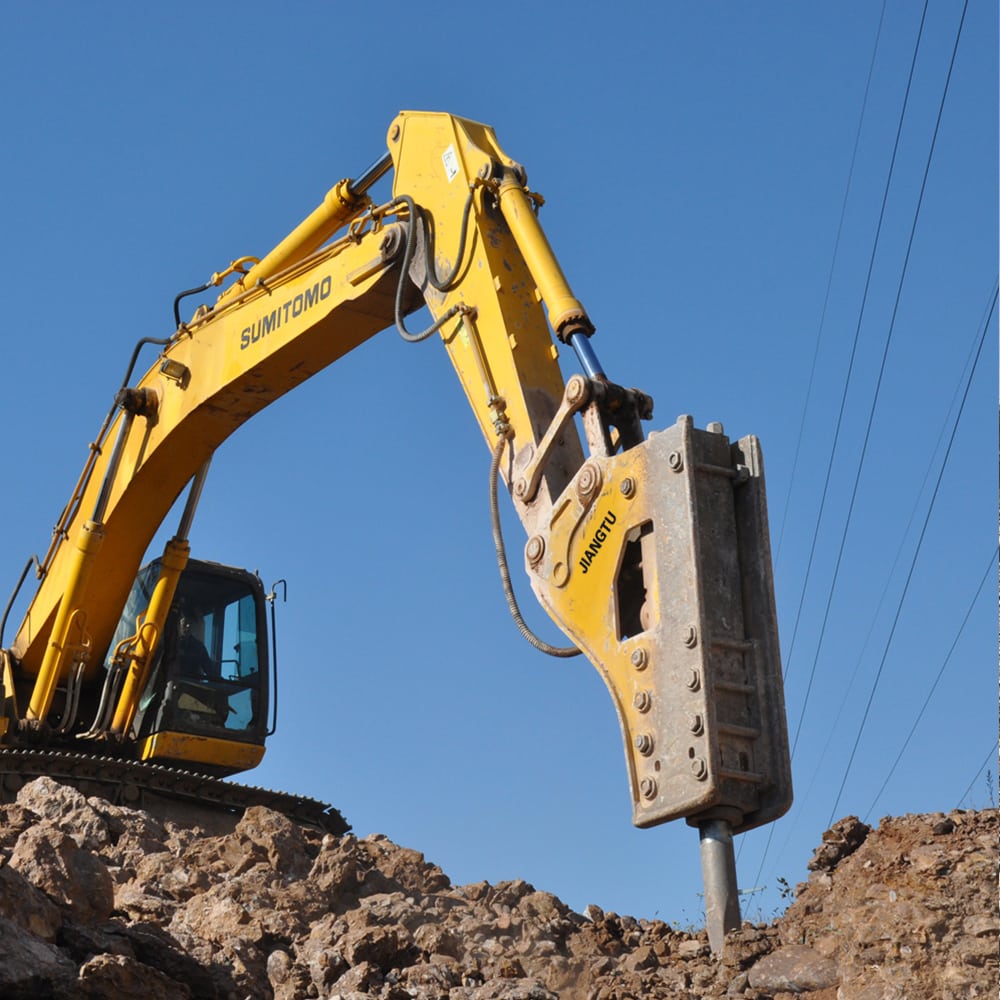
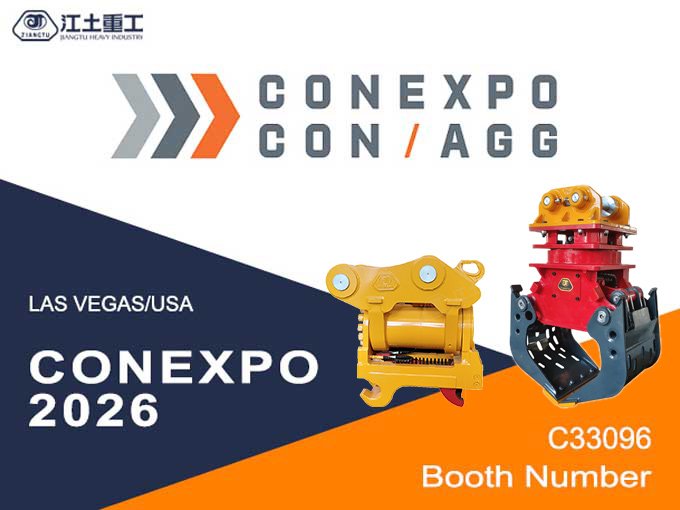

![[Major Upgrade]Million-level Spraying Production Line From JAINGTU Heavy Industry Has Officially Started Operation, Achieving New Level of Quality](https://jtexcavator.com/wp-content/uploads/2025/12/06.jpg)
